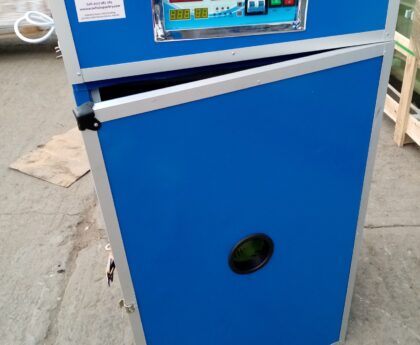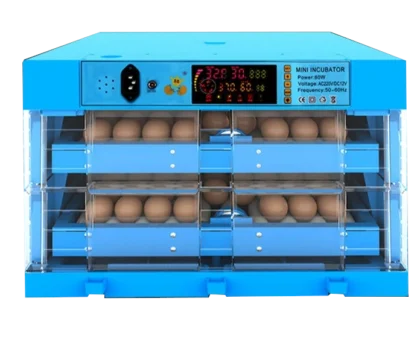If the humidity in your incubator is too high, you can take the following steps to decrease it:
- Increase ventilation: One of the easiest ways to decrease humidity in an incubator is to increase ventilation. This can be done by adjusting the vents on the incubator or by propping open the lid slightly.
- Reduce water surface area: If you are using a water tray or a humidifier, reducing the water surface area can help to decrease humidity levels. You can do this by using a smaller tray or by filling the tray with less water.
- Lower the temperature: Lowering the temperature in the incubator can also help to decrease humidity levels. This is because cooler air can hold less moisture than warmer air.
- Use a dehumidifier: If you have a large incubator or live in a humid area, you may need to use a dehumidifier to control humidity levels. A dehumidifier can remove excess moisture from the air, which will help to decrease humidity levels in the incubator.
- Use a hygrometer: Finally, it’s essential to use a hygrometer to monitor humidity levels in the incubator. This will help you to determine if humidity levels are too high or too low, and allow you to make the necessary adjustments to maintain the right levels for optimal hatching.
Remember, maintaining the correct humidity levels during incubation is crucial for the healthy development and hatching of eggs.



